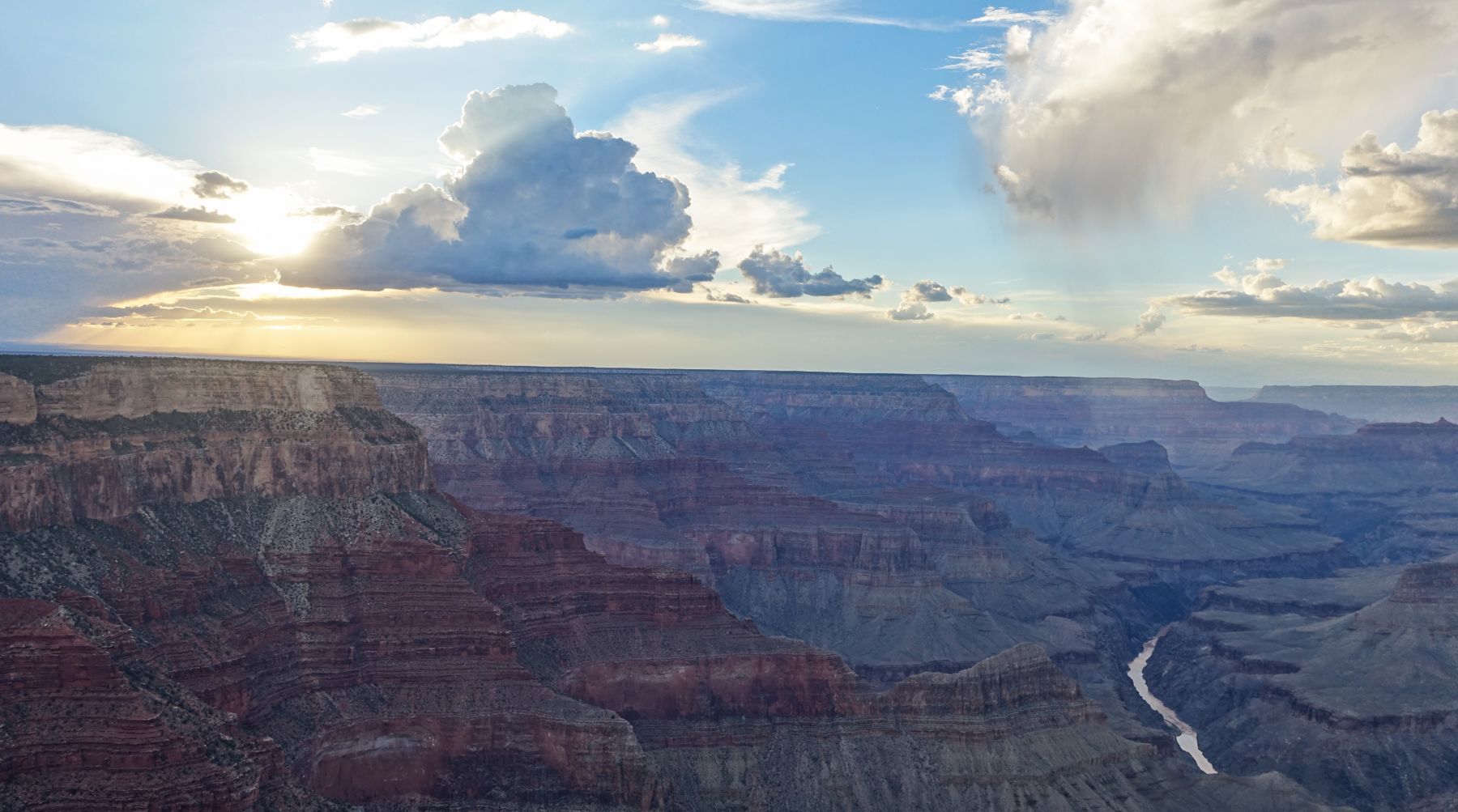
Grand Canyon Biotic Zones
Between Canada and Mexico, the United States has 7 biotic zones. Biotic zones are regions that have common plant and animal communities based upon environmental tolerances. Surprisingly, the Grand Canyon contains five of those zones between the Colorado River and the North Rim.
5 Biotic Zones of Grand Canyon
The boreal forest (Canadian), the Ponderosa Pine forest (Hudsonian), the pinyon-juniper woodland (transition), desert scrub (upper Sonoran), and desert (lower Sonoran) zones make up the five life zones found within the National Park. Elevation changes, variations in temperature and moisture, and canyon geomorphology combine to create complex ecosystems found throughout regions ranging between Canada and Mexico.
Canadian Biotic Zone on the North Rim
The Canadian zone, also known as the Boreal forest, lies between 9,100 and 8,000 feet above sea level but within Grand Canyon lies only on the North Rim. Quaking aspen, Douglas fir, white fir, and blue spruce are some of the species that make up this forest. Luscious ferns blanket the ground and provide food and cover for some of the voles and mice in the zone. Purple aster, cinquefoil and rocky mountain Iris wildflowers bloom in this zone. Bison, black bear, Kaibab squirrels and rabbits that have adapted to cold, snowy, winters reside here. Other mammals such as elk and mule deer migrate to lower elevations during the winter months where temperatures are warmer.
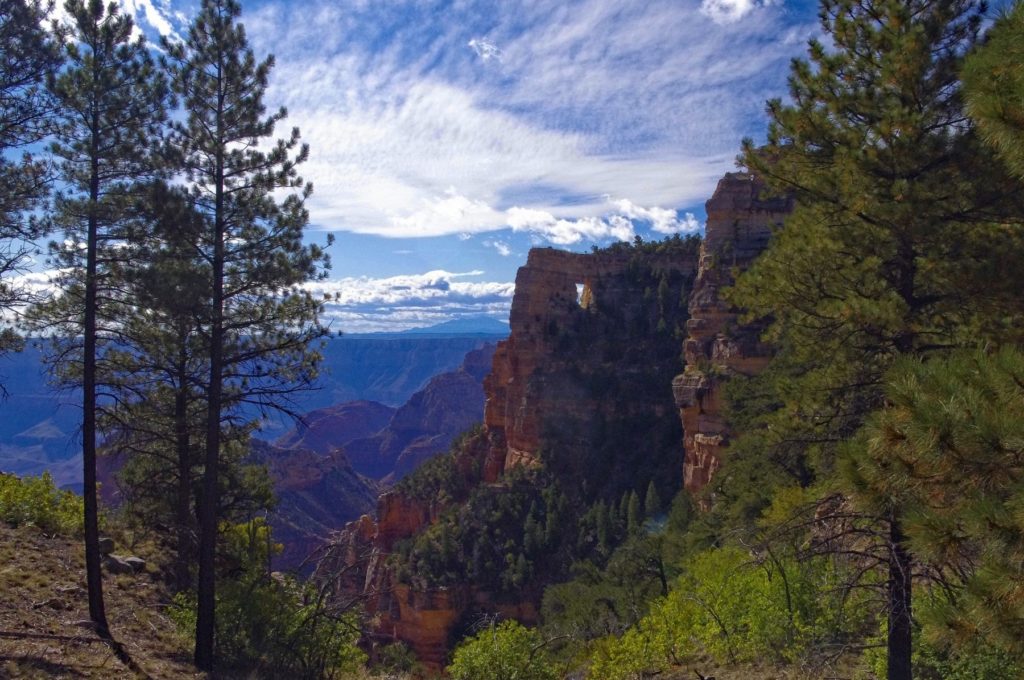
Hudsonian Biotic Zone
The Hudsonian zone, also known as Ponderosa Pine Forest, lies between 8,000 and 7,000 feet above sea level. Ponderosa Pine and Gamble Oak are the two prevalent species of trees that make up this zone. Wildlife is abundant in this zone and includes the elk, mule deer, black bear, mountain lion, Abert’s squirrel, and coyote. Many species of birds including woodpeckers, jays, sparrows, ravens and crows inhabit the Ponderosa Pine Forests. A number of brightly colored wildflowers including Indian Paintbrush, aster, lupin, and the rocky mountain iris bloom at different times throughout the year.
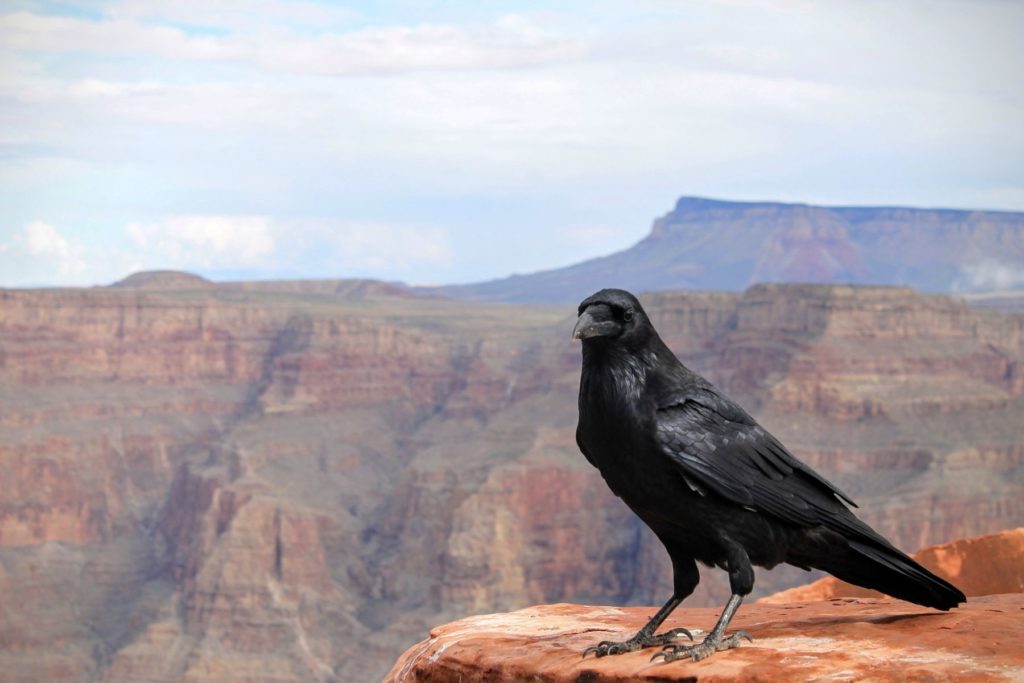
Transition Biotic Zone
The transition zone of Pinyon-Juniper Woodland lies between 7,500 and 4,000 feet above sea level. Sometimes called the Pygmy forest because of the stunted appearance of the Utah Juniper and Pinion Pine, the trees rarely grow more than 20 feet high due to poor soil and lack of moisture. Gambel oak, a scrubby, small oak tree species also grow in this zone. Sagebrush, Utah agave, several species of yucca, and several species of cacti grow slowly in the dry soil. Various snakes and lizards occupy this zone. The Greater short-horned lizard and the bunch grass lizard are common as are gardner snakes and bull snakes. Other wildlife includes rabbits, porcupines, mule deer, and small rodents as well as a variety of birds.
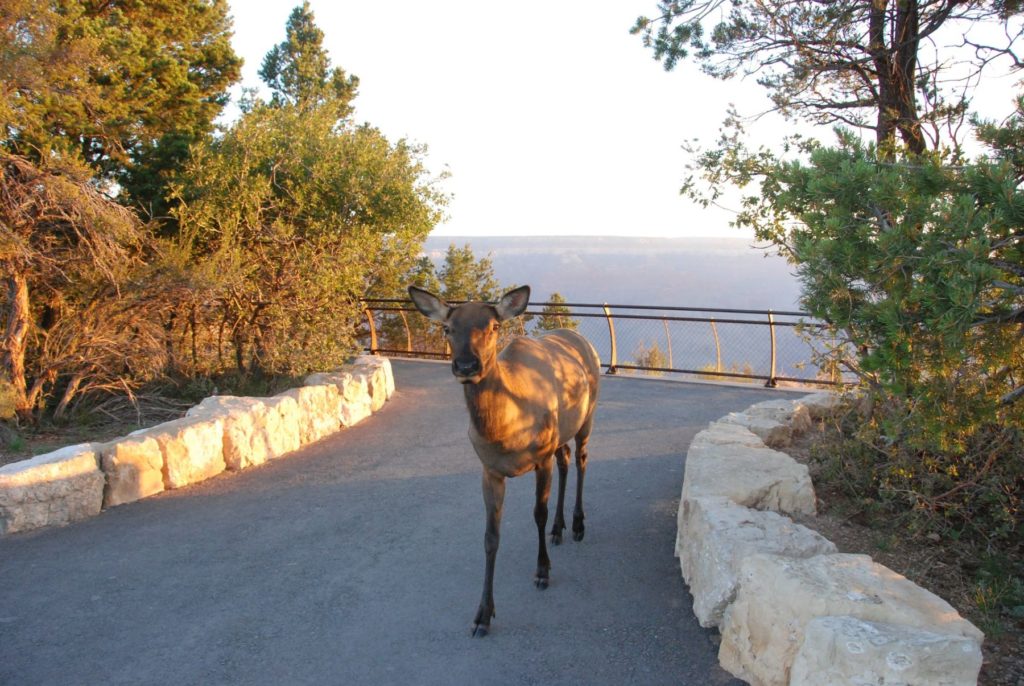
Upper Sonoran Biotic Zone
The Upper Sonoran or Desert Scrub zone lies between 4,200 and 2,000 feet. The dry, hot climate supports life that has adapted to these dry, harsh conditions. Various cacti species including the prickly pear, claret cup and hedgehog can survive because of the thick, waxy, moisture retaining skin that protects them from foragers and moisture loss. Commonly seen bighorn sheep go for weeks without water when necessary. Mice are very common in this zone as well. Lizards and snakes are most abundant here. Six varieties of rattlesnakes including the diamondback rattlesnake live in this zone. The pink Grand Canyon rattlesnake only resides within Grand Canyon National Park.
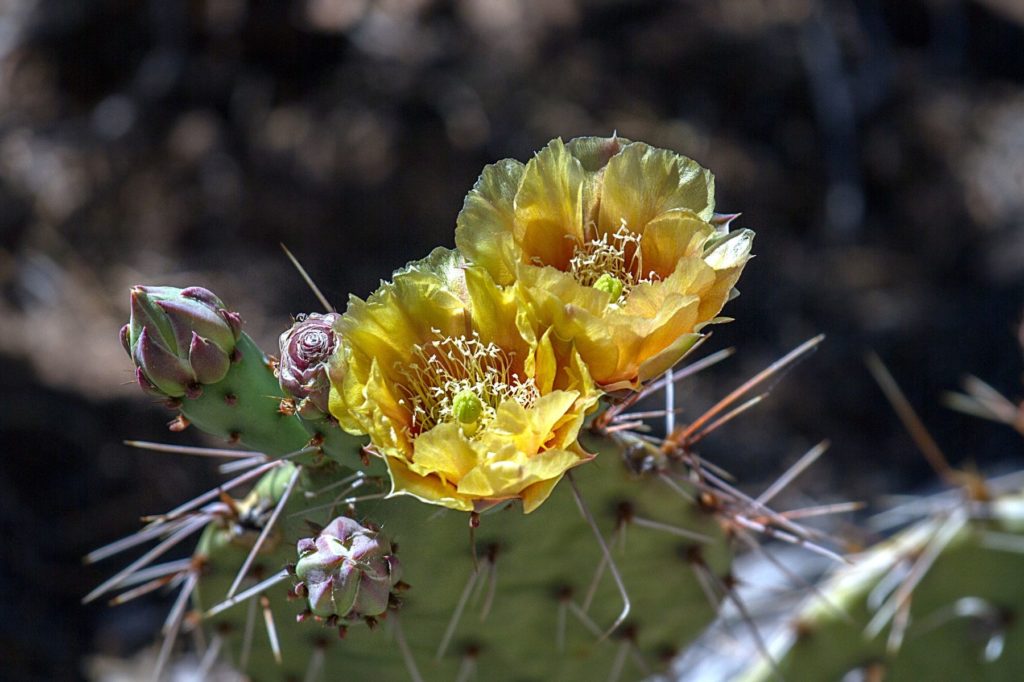
Lower Sonoran Biotic Zone (Colorado River Zone)
The Lower Sonoran or Desert zone lies between 2,000 feet and ends at the bottom of the Canyon. It includes a riparian zone that lies along the Colorado’s riverbanks and includes its tributaries. It is the most biologically diverse of the zones because of its proximity to the river. The presence of water provides ample moisture for an abundance of wildlife including toads, lizards, frogs, birds, fish and countless mammals that come to the river to drink and hunt. Vegetation includes the invasive tamarisk, cottonwood trees, cat claw acacia, ocotillo, creosote bush and many more heat resistant plant species. Hanging gardens cling to the Canyon’s vertical walls and add a burst of color in the moist places where maidenhair ferns and monkey- flowers thrive.
See the Grand Canyon Biotic Zones
The best way to see all the Grand Canyon Biotic Zones is to hike from the North Rim to the Colorado River. Read more about the Grand Canyon and Colorado River.




